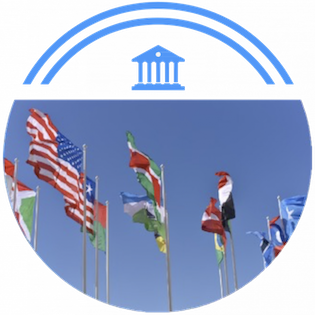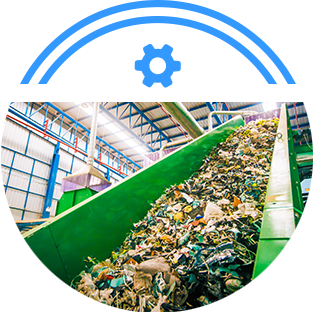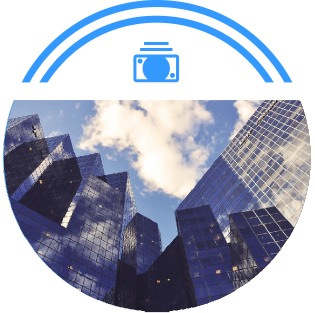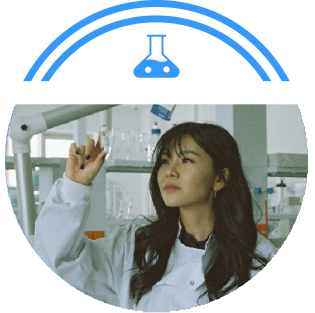Global Agreement

Key Elements of a Global Agreement
To help end additional plastic pollution and accelerate a circular economy for plastics, the agreement should incentivize actions by all stakeholders, include specific global measures supporting effective implementation, foster multistakeholder participation in financing, and enable flexibility for national action plans while holding countries accountable. We believe measures to address the problem of plastic pollution are most efficient when based on a plastics application approach.
1.
GLOBAL MEASURES & ACTIONS
A requirement for globally harmonized measures that promote effective implementation of the agreement, while recognizing national and local circumstances.
A requirement for governmental action plans and enabling policies with national targets for reducing plastic waste, increasing the use of recycled content, and prioritizing high leakage applications, with specific rates and dates.
2.
PROGRESS REPORTS
National assessments and progress reports on plastic waste reduction, based on universal methodology.
3.
PUBLIC-PRIVATE PARTNERSHIPS
Mechanisms to accelerate use of recycled plastics through public-private partnerships and blended finance.
4.
GUIDANCE
Guidance to accelerate a circular economy, such as best practices on waste minimization, product design by application, informal recycling economy and public policies.
5.
CAPACITY BUILDING
Capacity building to support environmentally sound materials and waste management.
6.
PELLET CONTAINMENT
Mandated participation in a certified program to help prevent plastic materials in the value chain from entering the environment.
Enabling Actions (by stakeholder)
To achieve success, multiple stakeholders will need to take collective action and act in partnership on these elements. We call on all stakeholders to join forces and align on a common vision.

Brands/Retailers/Users of Plastics

Recyclers/Waste Management

Scientific/Academic Institutions
Governments
Government actions will contribute to key elements: #1 Global Measures & Actions, #2 Progress Reports, #3 Public-Private Partnerships, #4 Guidance, #5 Capacity Building.

- Support policies based on well-established scientific principles that enable circularity and reduce the environmental footprint of products and packaging
- Develop ambitious rates and dates for circularity goals, including eliminating plastic pollution in the environment, and measure success
- Establish/facilitate investment in nationwide access to waste collection/sortation (and reuse/repair services) to enable reuse of all plastics and to grow jobs, including informal sector waste/recycling workers
- Encourage innovative recycling technologies
- Implement policies and financing mechanisms that enable regional capacity building
- Increase consumer engagement and incentives to change behavior
Plastic Makers/Converters
Plastic maker/converter actions will contribute to key elements: #1 Global Measures & Actions, #3 Public-Private Partnerships, #4 Guidance, #5 Capacity Building, #6 Pellet Containment.

- Create plastics and design products based on circular and sustainable principles, focused on reuse and recyclability of plastics
- Partner and invest across the plastics ecosystem to secure greater access to used plastics, to enable circular feedstocks in the production of plastics and to increase recycled content in plastic products
- Develop ambitious rates and dates for circularity goals
- Design/utilize additives in plastics using sustainable chemistry principles that enable broad recycling; support increased transparency on additives across the value chain
- Participate in certified program to prevent plastic pellet/materials loss throughout the value chain
Financial Institutions
Financial institution actions will contribute to key elements: #3 Public-Private Partnerships, #5 Capacity Building.

- Support with investments to unlock plastics collection, sortation and recycling technologies
- Set up managed funds focused on accelerating the circular economy
Brands/Retailers/Users of Plastics
Brand/retailers/users of plastics actions will contribute to key elements: #4 Guidance, #5 Capacity Building.

- Choose materials based on a life-cycle approach that reduce the total environmental footprint, including, where appropriate alternative solutions to single-use plastics
- Design products/packaging based on circular and sustainable principles, including use of recycled plastics and recyclable products
- Promote advanced labeling systems and EPR (extended producer responsibility) systems to improve collection, sortation and recycling
Recyclers/Waste Management
Recycler/waste management actions will contribute to key elements: #4 Guidance, #5 Capacity Building, #6 Pellet Containment.

- Increase plastics recycling yields, reliability and quality through technology advancements in collection, sorting, and recycling
- Help create markets for post-use plastics
- Participate in certified program to prevent plastic pellet/materials loss (reprocessors)
Scientific/Academic Institutions
Academic/scientific institution actions will contribute to the key element: #4 Guidance.

- Conduct environmental footprint studies on the life cycle of plastics compared to alternative materials
- Conduct research on creating behavior change at all points in the plastics ecosystem
- Research new business models and paradigms
- Conduct research on microplastics; develop standardized monitoring/reporting methodology
Success =
A Circular Economy for Plastics
- Used plastics become inputs for circular plastic production.
- Products are designed with circularity in mind, including a focus on reuse.
- Smart policies, technologies and financing close the gap in the materials/waste management ecosystem, including collection, sortation and recycling.
- Markets for used plastics grow as infrastructure develops; markets are economically self-sustaining, supported by national policies and harmonized global criteria.





